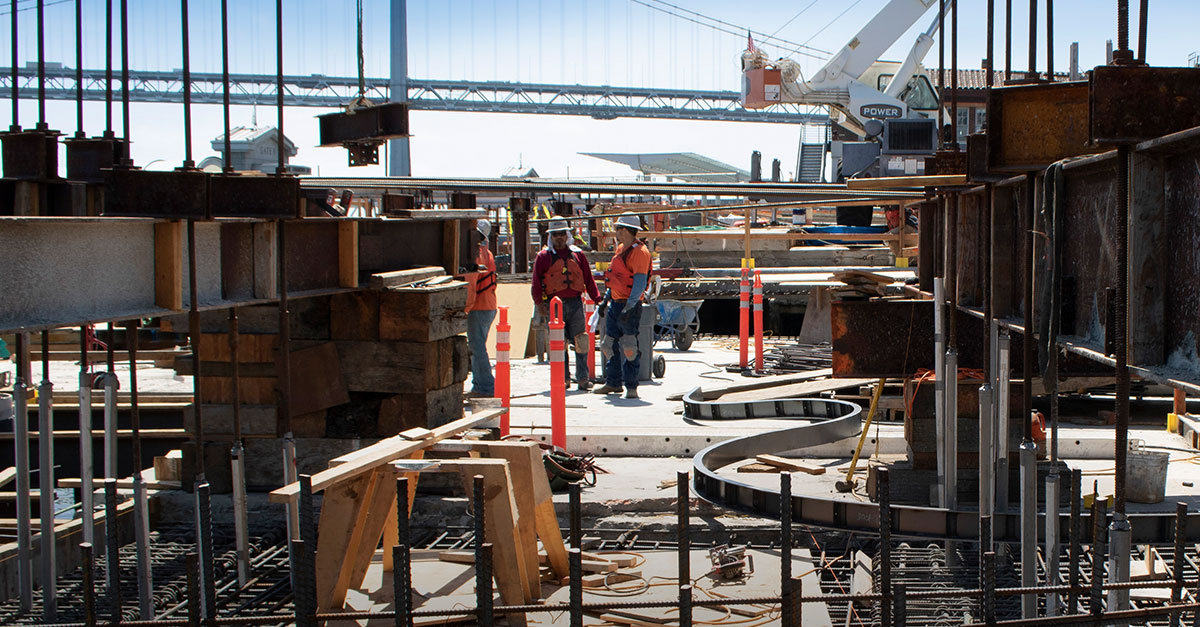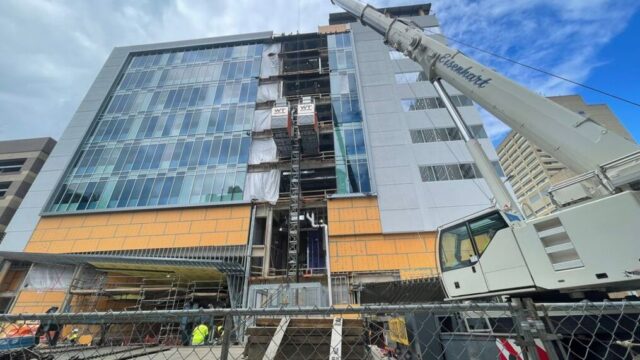Exploring the world of construction projects is an exciting endeavor that can take you to places you never imagined. From skyscrapers towering over our cities to bridges connecting us from one end of the country to another, this field offers a unique glimpse into the power of engineering and architecture in action.
With every project comes with its own set of challenges, from navigating complex regulations to meeting tight deadlines—all while adhering to safety standards and maintaining quality assurance for each task. But as daunting as it may seem, there\’s also much beauty in this work; by taking on these challenges head-on, we get closer to creating structures that help shape our communities and improve the lives around us.
In this article, we\’ll explore what goes into launching a successful construction project and how those involved make sure everything runs smoothly until completion.
Overview of Construction Projects
Exploring the world of construction projects requires an understanding of the many different elements that come together to create a successful project. From initial planning and design to materials selection, budgeting, and scheduling, every aspect needs to be taken into account for the project to be completed successfully.
This overview provides insight into how these aspects work together during a construction project, highlighting key areas such as resource management, safety protocols, and quality assurance systems that help ensure success. Projects begin with careful consideration and planning from experienced professionals who understand the importance of making sure everything is accounted for before any decisions are made.
This includes having up-to-date information on local regulations that must be adhered to throughout the process as well as designing plans according to strict budgets while still providing excellent results which meet all set criteria. Careful thought goes into selecting appropriate materials that will both fit within budgetary constraints yet also provide long-lasting value over time when it comes time for maintenance or repair works if required.
Once plans have been approved by relevant authorities and budgets determined it\’s then time to move on to resource management where teams need to be organized effectively so they can perform their tasks efficiently whilst meeting deadlines set out in contracts issued at the commencement of works. Everyone involved must understand their role along with potential hazards associated with certain types of work so necessary safety protocols can be implemented accordingly to protect all personnel during construction activities carried out on site.
Quality assurance systems are also put in place which help ensure compliance with specifications laid down during preconstruction phases resulting in buildings or structures being built correctly from start to finish ensuring customer satisfaction upon completion.
Understanding the Basics of a Construction Project

Getting started with construction projects can be daunting. Before jumping in, it is important to understand the basics of the timeline and components of a project.
A good starting point is to examine the initial stages of a project — from concept planning through design development and into the construction phase. During this period, key decisions must be made about budgeting, resources required for each stage, and risk management strategies that will ensure success.
It is also important to consider environmental factors such as site conditions and local building regulations. The next step involves selecting a team of qualified professionals including an architect or engineer who will oversee design plans; contractors responsible for materials procurement, labor coordination, and quality assurance; subcontractors who specialize in specific trades; suppliers providing necessary equipment; financial advisors ensuring proper budgeting and regulatory compliance; safety specialists monitoring the work environment; legal teams handling contracts; public relations experts managing community outreach efforts, etc., all working together towards the completion within agreed-upon timelines.
Finally, there are ongoing operations procedures once the project has been completed which include maintenance activities, inspections, and certifications necessary for long-term sustainability. Knowing these steps ahead of time helps provide clarity on how best to move forward when tackling any type of construction endeavor — from residential renovations to large-scale commercial builds!
Components Needed for a Successful Construction Project

When it comes to successful construction projects, several components are essential. The first is a clear plan or strategy.
Having an understanding of the scope and timeline of the project helps ensure that all parties involved have clarity on what needs to be accomplished, as well as when key milestones should be completed by. The next component that is necessary for success is having access to quality materials and labor resources.
Depending on the size and complexity of the project, different types of contractors may need to be sourced to properly complete the task at hand. Additionally, ensuring that all materials used meet industry standards can help reduce any potential risks associated with subpar products being used during construction.
Having a solid communication system between management and workers is also critical for success. All stakeholders must understand their roles within the project so there isn’t confusion among them about who has authority over certain decisions or tasks.
Creating channels where feedback from workers can be shared with management allows for problems to be solved quickly before they cause major issues down the line with progress on the construction site slowing down due to miscommunication or disagreements between teams working together onsite. Finally, setting up realistic expectations for both budgeting and timelines helps keep everyone focused on making sure goals are met without sacrificing safety protocols or quality workmanship throughout each step in the process.
When these four vital components are accounted for ahead of time—having a plan, sourcing materials/labor resources, establishing effective communication systems, and setting realistic expectations—the likelihood increases dramatically that your construction project will reach completion successfully!
Managing Resources During a Construction Project

Managing resources is a crucial aspect of any construction project, regardless of its size or scope. Strict control and organization are required to ensure that the budget is allocated efficiently, deadlines are met, and quality remains high.
This involves carefully planning out every stage of the project while also keeping an eye on available resources such as materials, personnel, and equipment. Additionally, contractors must be able to adapt quickly when unexpected changes arise to maintain progress without compromising quality or safety standards.
During a construction project, it can become necessary for teams to introduce new strategies to stay ahead of issues such as supply chain disruptions or labor shortages. Properly managing resources can mean the difference between success and failure when it comes to completing a large-scale construction endeavor with time and within budget constraints.
Conclusion
Construction projects have the potential to be complex and daunting tasks, but with the help of BuildOps, they don\’t have to be. By using a construction operations platform like BuildOps, teams can easily manage their projects from start to finish — ensuring that each step is organized and accounted for efficiently.
This leads to faster project completion times and increased cost savings across the board. With its innovative tools and modern approach, BuildOps has revolutionized how people approach construction projects today.




